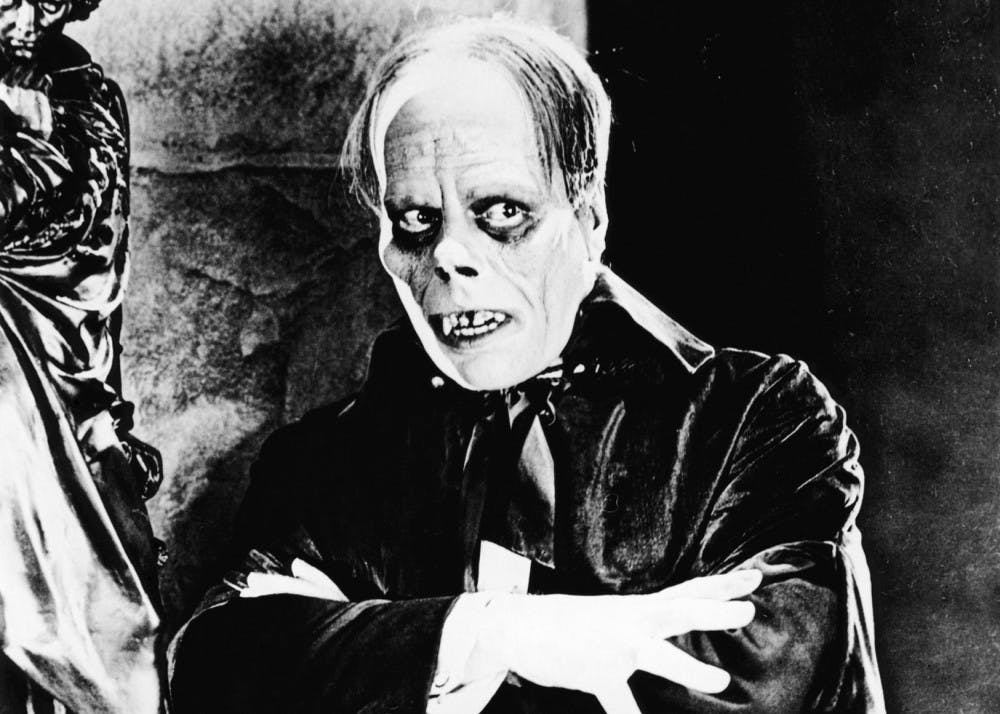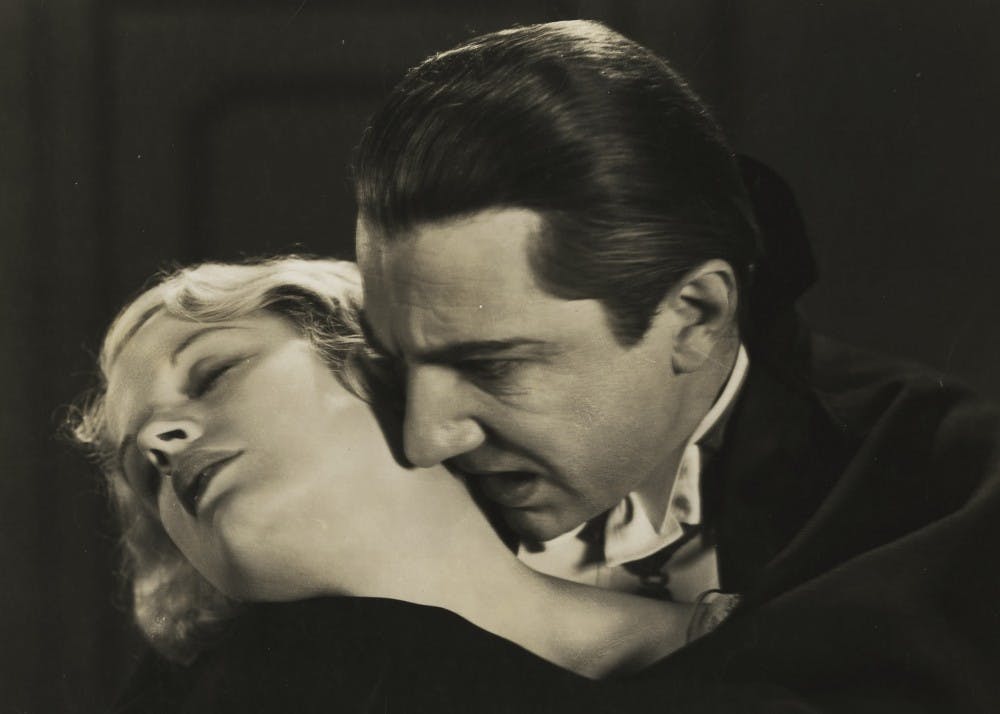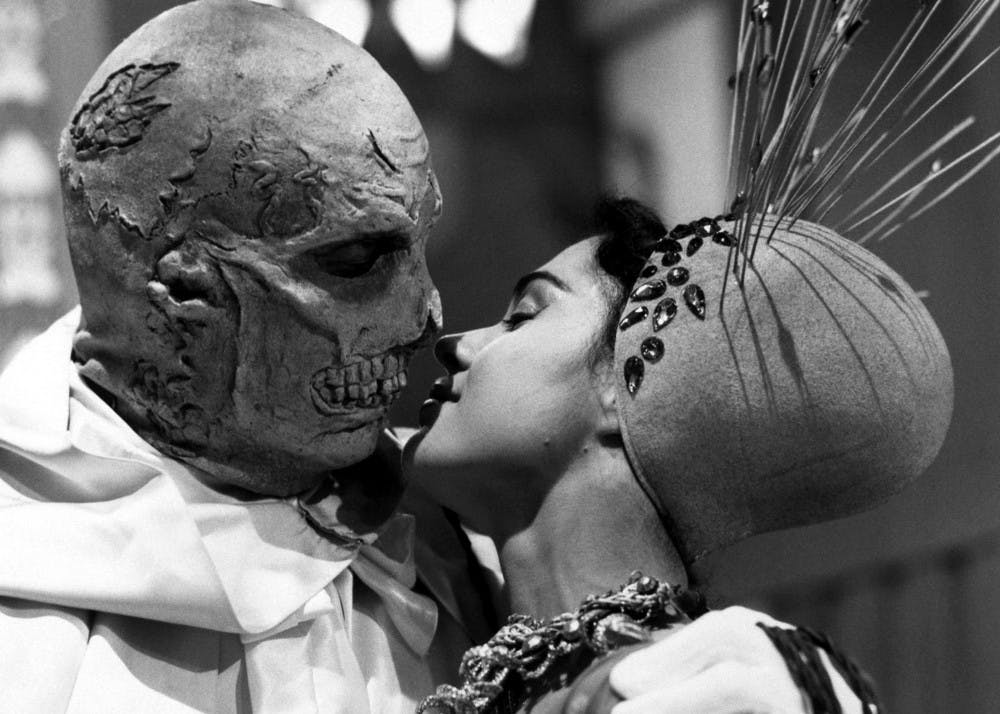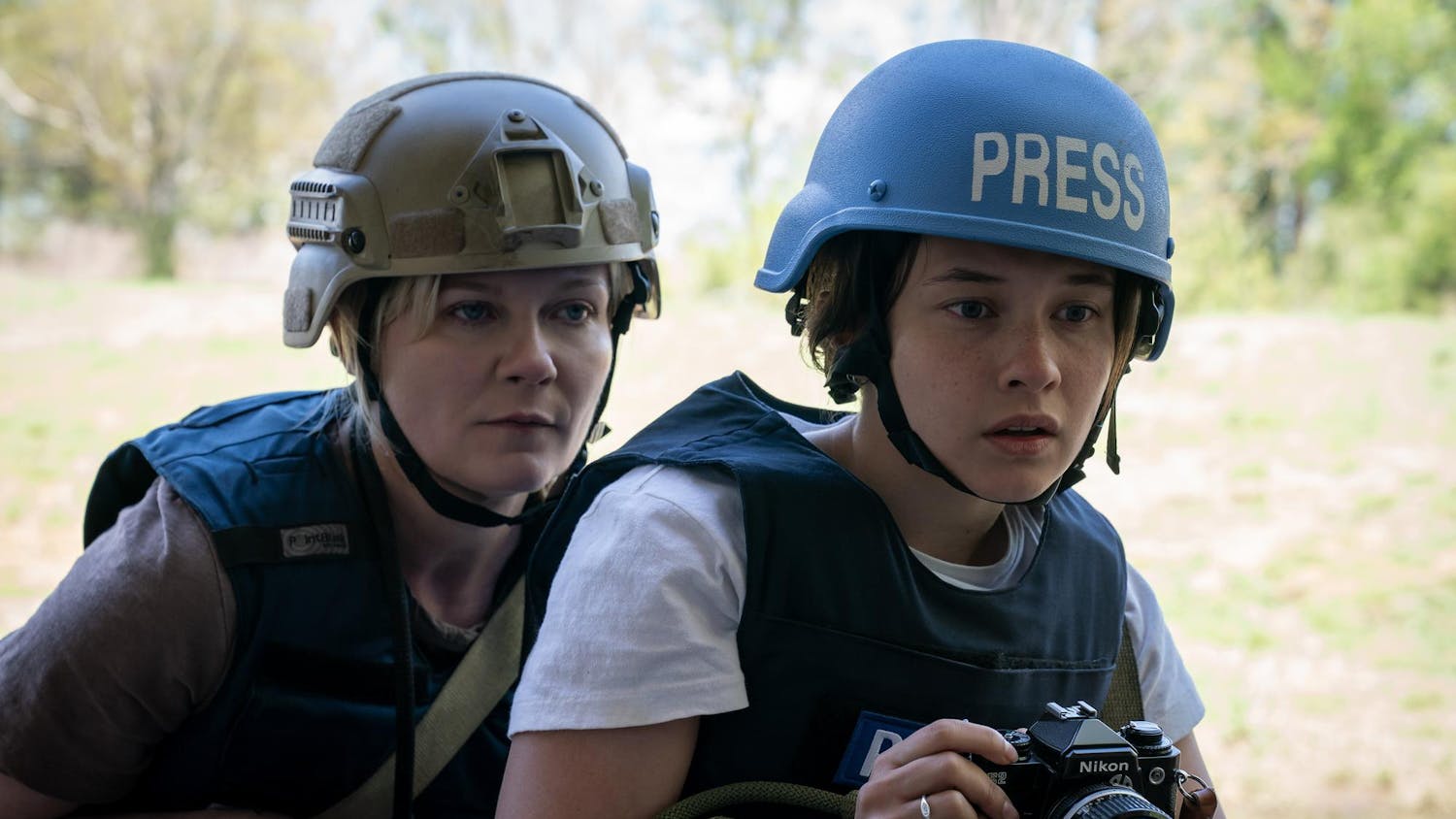Before computer generated imagery became a filmmaker’s go-to tool to create realistic, imaginative special effects, they relied on other means to create movie magic: cardboard, tape, clay and, of course, great acting.
In the early years of the horror film genre, a dominant few actors brought to life beloved conceptions of ghosts, haunted houses and vampires in ways that cannot easily be replicated today.
With their long, gaunt faces, penetrating stares and undeniable spooky charisma, their talent defined a genre.
Silent films buffs will surely be familiar with the gnarled, tormented characterizations of Lon Chaney.

Chaney was an actor and makeup artist who arrived on the Hollywood scene in 1912. He soon made a name for himself as the one of the most versatile actors in Hollywood and earned the epithet “The Man of a Thousand Faces,” which referred to his ability to transform from human to character using makeup techniques.
Tragically, many of his films are now lost, but his greatest performances still exist. These include the Quasimodo in a 1923 adaptation of Victor Hugo’s “The Hunchback of Notre Dame” and The Phantom in a 1925 adaptation of Gaston Leroux’s “The Phantom of the Opera.”
His performances as these famous horribly disfigured and hopelessly lovesick characters transcended any need for spoken dialogue.
On October 28, 2017, the IU Auditorium screened “The Monster,” which starred Chaney.
Of course, what would cinema be without its monsters? The great literature of the horror genre, such as Mary Shelley’s “Frankenstein" and Bram Stoker's "Dracula," have not been strangers to the silver screen.
Actor Boris Karloff’s haunting portrayal of Shelley's iconic monster in 1931's "Frankenstein" and 1935's “Bride of Frankenstein” inspired generations of actors, notably Gene Wilder when he helped write the blockbuster parody “Young Frankenstein."

It secured Karloff’s reputation as one of the greatest horror actors of the decade. Some years later, Karloff even parodied himself in the hit play “Arsenic and Old Lace,” which was turned into a classic comedy film by director Frank Capra.
The same goes for actor Bela Lugosi in 1931’s “Dracula.” For decades, he was Dracula.

But there’s one horror actor who stands above them all. Still widely remembered today, namely as the iconic narrator in Michael Jackson’s “Thriller,” Vincent Price is likely cinema’s most recognizable master of fright.
After studying art history at Yale University and the University of London, Price joined Orson Welles' critically acclaimed Mercury Players in 1935. After rave reviews, he made his Hollywood debut in 1938.
His first foray into horror films was a supporting part in 1939’s "Tower of London," a historical drama co-starring Basil Rathbone as the conniving future King Richard III of England and Boris Karloff as his trusty, club-footed executioner, Mord.
However, it wasn’t until 1953’s "House of Wax" that Price became the face of a genre reborn in the eyes of the American public. It’s also one of the earliest films to be produced and shown in 3-D.
Price plays Henry Jarrod, a master maker of wax figures whose “Chamber of Horrors” houses figures that bear a remarkable resemblance to his recently deceased business partner and his wife.
The legacy of “House of Wax” was not the over-hyped 3-D technological novelty, but the realization of Price's talents. He and the genre went on to produce some of the most beloved camp films of the 1950s, 1960s, and early 1970s.
Price was a classic. Audiences loved his long, angular face, a carefully cultivated voice and a persona that infused a tongue-in-cheek quality to his tremendous sense of pathos and theatricality.
His notable movies include collaborations with director Roger Corman on Edgar Allan Poe adaptations such as “House of Usher,” “The Raven,” and “The Masque of Red Death.”
In March, the IU Cinema hosted screenings of “The Masque of Red Death” and “The Abominable Dr. Phibes” and presented Price's daughter, author Victoria Price, to speak about her father’s legacy.
“The Abominable Dr. Phibes” is a perfect example of his art.
Price plays famed organist Dr. Phibes, who was horrendously mangled in a car accident while driving to meet his wife, who died during an operation. Presumed dead from the crash, Dr. Phibes uses his knowledge of theology to plot the murder of the doctors he blames for his wife’s death. Each murder is grisly and ingenious, all based on the Ten Plagues of Egypt from the Old Testament.
Both macabre and funny, the film’s nostalgic art deco sets and score are second only to Price’s performance. He never speaks on camera in the film, but conveys a magnificent range of pathos with simple twitches of his eyes.
Today’s average horror film has all the more horror, but it’s missing an important ingredient that the old masters of fright understood all too well, charm.




